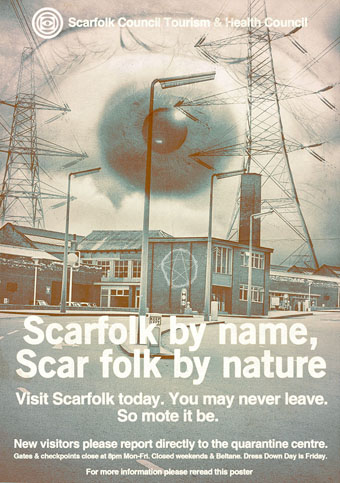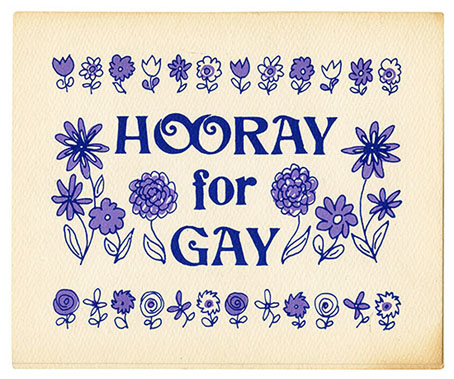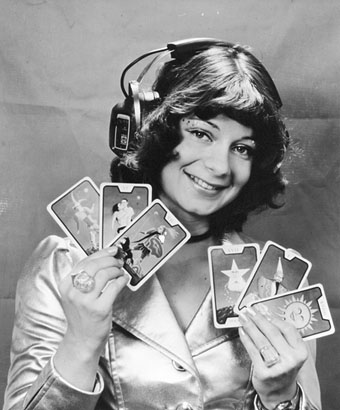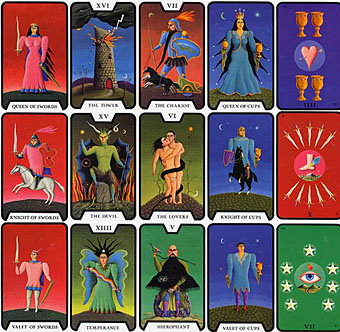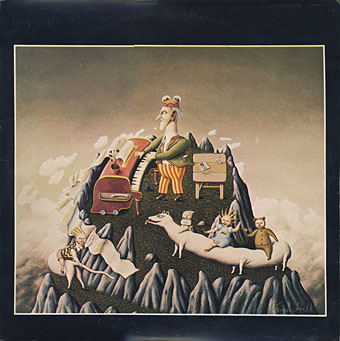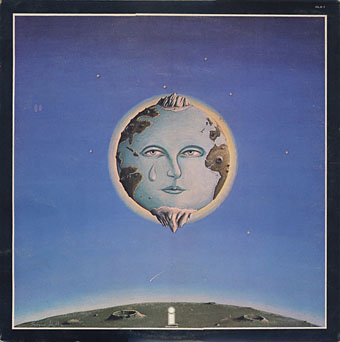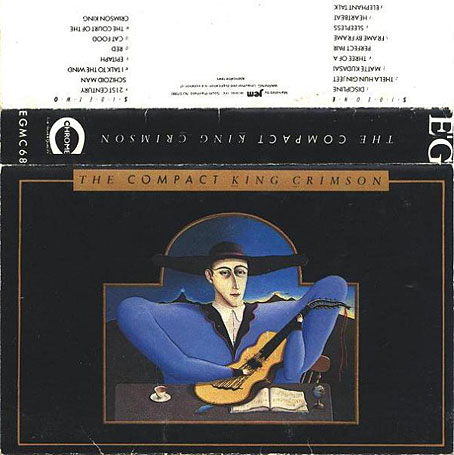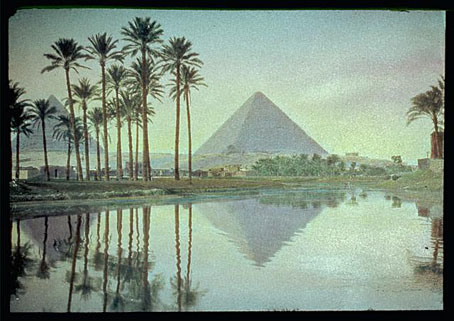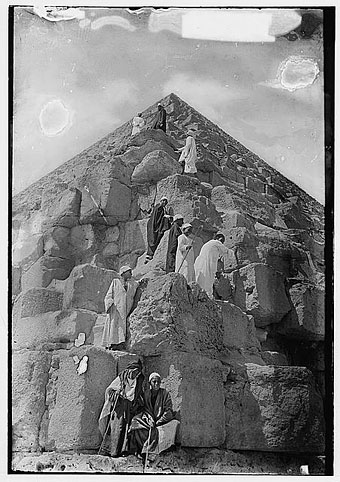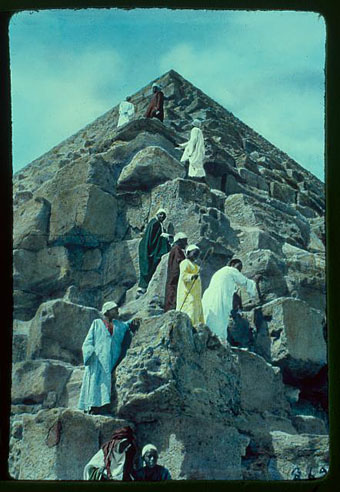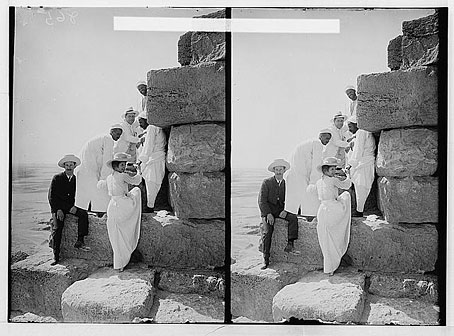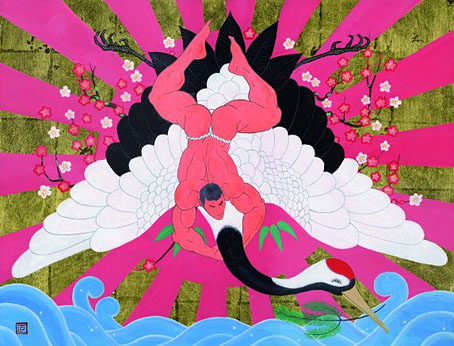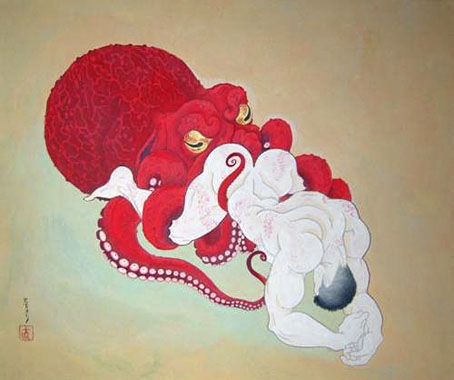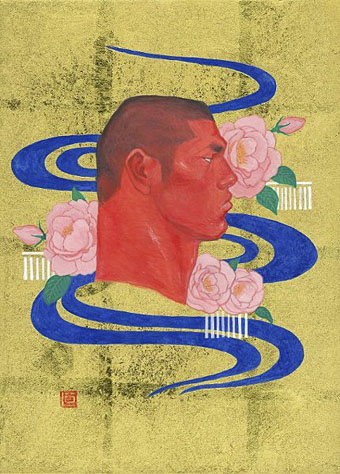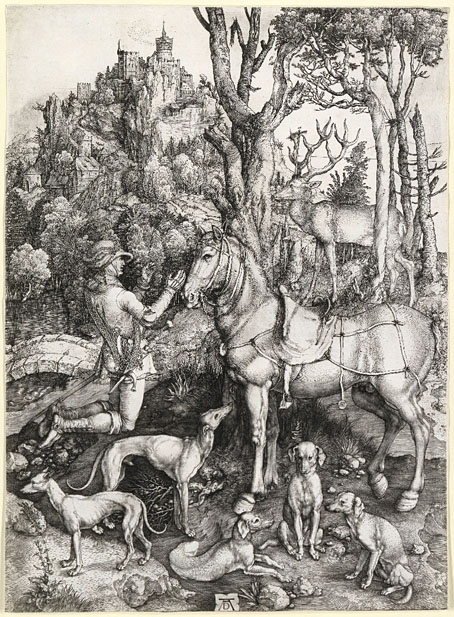Scarfolk, as was noted here last month, is a home from home, especially if you grew up in the 1970s. The mayor of the rabies-afflicted town, Richard Littler, talked to Creative Review about his unheimlich design project.
• Ensemble Pearl, an album stream of “cosmic psychedelic space-doom minimal drone soundscapes” by Atsuo, William Herzog, Eyvind Kang, Michio Kurihara, Stephen O’Malley and Timba Harris.
• At Dangerous Minds: Louise Huebner’s Seduction Through Witchcraft (1969), an album of occult instruction with an electronic soundtrack by Louis & Bebe Barron.
My apartment is teeming with unfinished books. They cover my desk, coffee table, and nightstand. They sit two rows deep on my bookshelves. There they remain, neglected, misunderstood, unappreciated, still with the last read page firmly marked with a piece of paper, a subscription card, or a proper bookmark: a reminder of my stagnation, my failure to engage.
Gabrielle at The Contextual Life on The Secret Lives of Unfinished Books.
• Hauntological mix of the week: Electronic Music For Schools by Pattern & Shape. Related: Pye Corner Audio live at Cafe OTO, March 2013.
• Tumblrs of the week: Des Hommes et des Chatons, Remarkably Retro, The Pop-Up Museum of Queer History, and Shit My Cats Read.
• Icons: An exhibition of Kenneth Anger’s Hollywood memorabilia, and other material from his home, at Sprüth Magers, London.
Hooray for Gay, an exhibition of pre-Stonewall images at Boo-Hooray, NYC.
• The Servant, “a 60s masterwork that hides its homosexuality in the shadows”.
• The Cosmic Bicycle, collages by Wilfried Sätty made into a short film.
• Photos of the derelict R Power Plant in Pennsylvania.
• RIP Richard Griffiths
• Wildspot (2005) by Belbury Poly | Now Ends The Beginning (2011) by The Advisory Circle | Wildspot (2012) by The Advisory Circle | Now Ends The Beginning (2012) by Belbury Poly

